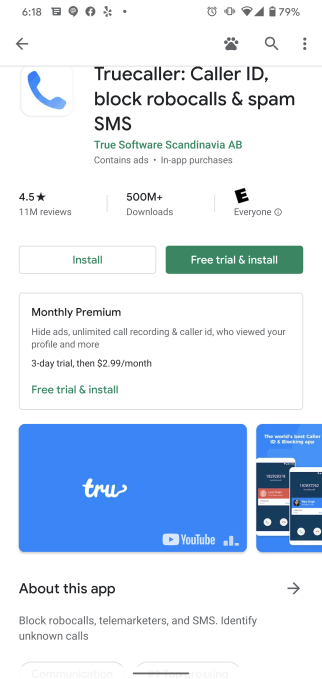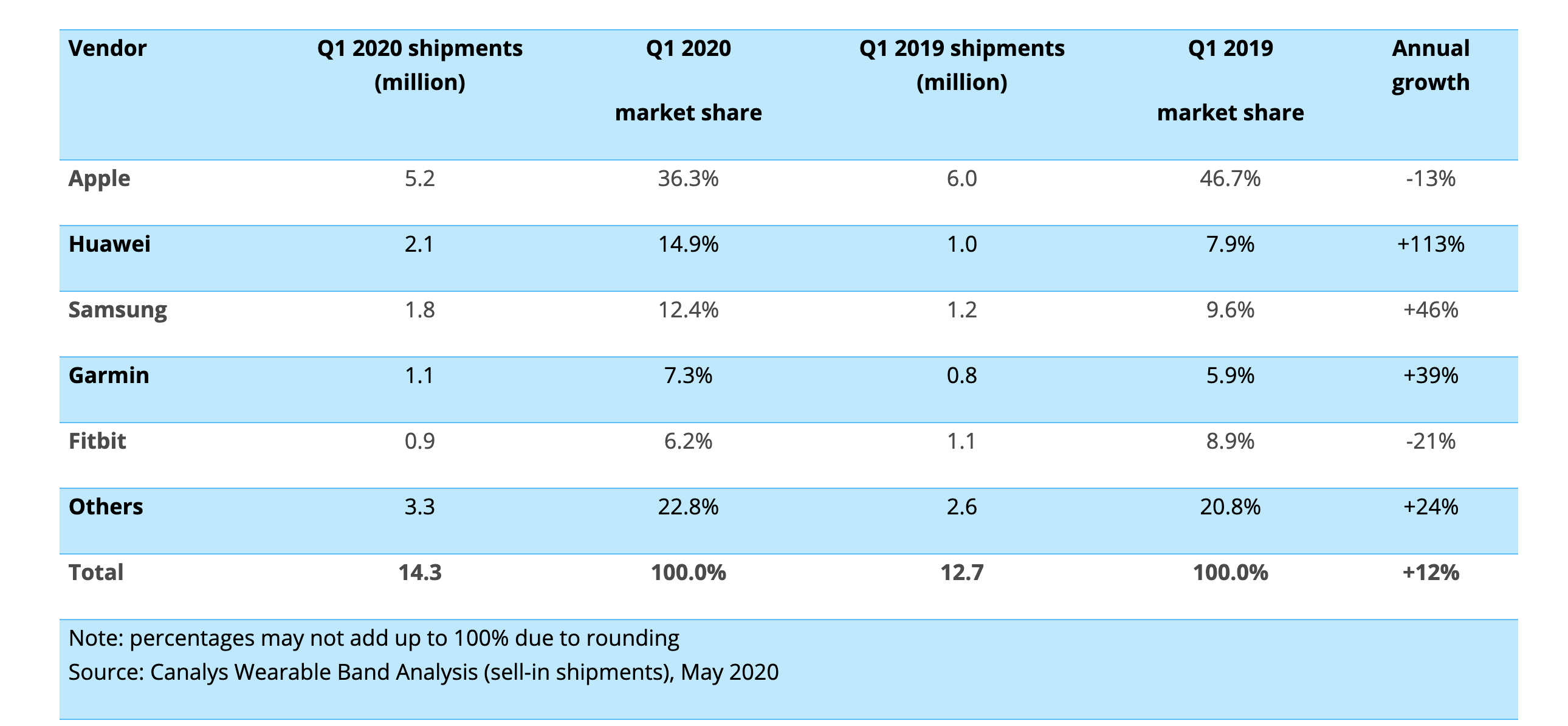Apple this week is getting publicly dragged for digging in its heels over its right to take a cut of subscription-based transactions that flow through its App Store. Almost unbelievably, it’s doing so so in the middle of antitrust investigations both in the E.U. and the U.S. — the latter which CEO Tim Cook may decide to skip— in which lawmakers will attempt to determine if Apple abuses its market position and power to disadvantage its competitors.
This is not a new complaint, but one that came to a head this week over Apple’s decision to reject app updates from Basecamp’s newly launched subscription-based email app called “Hey.”
Hey offers a $99-per-year subscription for access to its nouveau email service that works across web, Mac, Windows, Linux, iOS and Android, but not via standard email protocols. The Hey iOS app was initially approved by Apple, but then put on pause — meaning Basecamp couldn’t submit any updates or bug fixes until it added an option for users to subscribe to Hey’s service through an in-app purchase.
This decision on Apple’s part was met with shock, horror and outrage by Basecamp co-founder and Chief Technology Officer David Heinemeier Hansson and, to some extent, the broader iOS developer community.
Heinemeier Hansson has been a vocal opponent to Apple’s policies well before the launch of Hey. He testified before Congress as part of a series of hearings over online platforms and market power. Last year, he called out Apple Card for discriminatory practices. Of all people for Apple to antagonize amid multiple antitrust probes — and the week before Apple’s Worldwide Developer Conference — this was certainly a bold choice.
In a series of tweets, Heinemeier Hansson made the case as to why Apple’s reasoning made no sense.
Arguably, the whole debacle served as a nice bit of high-profile marketing for a brand-new app that would have otherwise flown under the radar. But, nonetheless, his larger points appear correct: Apple’s policies are confusing, inconsistently applied, and anti-competitive.
For starters, Basecamp’s new email app Hey competes with Apple’s built-in Mail app. That means it already has to convince users to forgo the iPhone’s free email experience for its differentiated one. And when it does acquire a user, Apple wants it to hand over a commission no matter if the new user discovered the app for the first time on the App Store or somewhere else. (Like a TechCrunch article!)
Apple argues its policies around the use of in-app purchases are not new. In fact, they’ve been in place since the first set of App Store Review Guidelines were published in September 2010, the company told TechCrunch when questioned about its decision.
The section around in-app purchases was relocated to 3.X from 11.X in 2016, but today states that multi-platform apps can allow access to subscriptions provided elsewhere so long as in-app purchases are also offered with the iOS app. The rules also state that developers can’t directly or indirectly tell iOS users how to make a purchase outside the app. (Hey has a Help screen that says you can’t sign up in the app and “we know that’s a pain.”) The rules also say you can’t discourage the use of in-app purchases.
In other words, Apple seems to argue, Basecamp should have known better.
That argument would hold up if Apple enforced its rules uniformly, but it does not.
As Apple observer John Gruber of Daring Fireball pointed out, Apple makes a distinction between business services and consumer apps when enforcing in-app purchase policies. This has to do with how business software is often paid for — by the company, not the end user, as a report by Protocol first noted. That’s why Basecamp’s flagship service for businesses can be offered in the App Store without a subscription sign-up, but its consumer app Hey cannot.
That’s a confusing distinction to make — and one not documented by Apple’s rules — as the line between software meant for business versus consumer use has long since been blurred. In fact, that blurring comes about, in part, because of the democratized access to business-grade software made possible through platforms like the Apple App Store.
Business apps aren’t the only exception Apple makes.
Apple also carves out exceptions for a type of apps it broadly refers to as “reader” apps, even though they aren’t necessarily about parsing the printed word.
This set does include reading apps — like magazines, newspapers, and books. And it’s why the Kindle app lets you read your ebooks, but doesn’t tell you how to buy more or offer a way to do so in the app. The group has also expanded to include audio, music, video, access to professional databases, VoIP, cloud storage, and other approved services, like classroom management apps.
Not surprisingly, this group of apps where Apple permits the companies to forgo the in-app purchase option (so long as they never ever mention how else to subscribe) are also among those with a direct competitor to an Apple paid service.
For example, Spotify, which competes with Apple Music, is considered a “reader” app. The group also includes rivals to Apple TV+, iCloud, Podcasts, Classroom, Books, and others.
Spotify has been among the most vocal about how Apple’s policy negatively impacts its business. Last year, it filed an antitrust complaint against Apple in the E.U. That investigation is now underway which Spotify says is great news for consumers.
“Apple’s anticompetitive behavior has intentionally disadvantaged competitors, created an unlevel playing field, and deprived consumers of meaningful choice for far too long,” Spotify’s statement read. “We welcome the European Commission’s decision to formally investigate Apple, and hope they’ll act with urgency to ensure fair competition on the iOS platform for all participants in the digital economy,” it added.
But for the most part, only larger companies have been willing to stand up to Apple publicly on this front.
Among these is Fortnite maker Epic Games, which wants to sell software through its own iOS app. Its CEO, Tim Sweeney, said he wants all iOS developers to have the option to process payments directly and install software from any source, and won’t seek out any “special deal just for ourselves.”
More recently, ebook seller Kobo added its voice to growing list of anticompetitive complaints, saying it can’t fairly compete against Apple Books when it has to share 30% of revenue from purchases with Apple. (The company, like many others, currently sells only from its website to avoid this fee.)
Tinder parent Match has also released a lengthy statement against Apple’s in-app purchase policy, saying it’s “acutely aware of [Apple’s] power over us.” Match also said it’s unfair how only digital service providers have to share revenue with Apple when others — like ride-share apps and social networking apps — do not.
But many developers bite their tongue and play along with Apple’s rules out of fear. Stratechery founder Ben Thompson posted to Twitter on Tuesday how he’s hearing from a number of developers who claim Apple is refusing to update their app until they add an in-app purchase option for their SaaS (software as a service) business. It’s unclear, given these developers didn’t go on record, how many of their apps had been mistakenly approved by App Store reviewers in the first place.
Of course, the line between Apple enforcing an existing policy it’s been lax on and a change in direction around enforcement of App Store policies has always been a gray area at best. (Remember how all of a sudden Amazon’s Prime Video app could rent and sell movies once Apple had its own Apple TV+ app it wanted to distribute on Fire TV? And Apple said that fell under an existing policy — one that magically now included permission for Amazon?)
In a third exception, Apple also turns a blind eye towards companies that incentivize users to pay for access to their upgraded features outside the App Store. For example, Google sells its YouTube Premium service for $11.99 per month via the web, but for $15.99 per month on the App Store to account for Apple’s commission. Apple allows this, despite its rule about about companies that discourage the use of in-app purchases. (Apparently, giving users a way to save nearly $50 per year by shopping outside the App Store doesn’t count as “discouraging” an in-app purchase?)
The solution to this whole matter is tricky, of course.
As much as developers want to sell directly to consumers without sharing a cut with Apple, it would be wrong to say that apps don’t benefit from Apple’s distribution platform. Would iOS apps ever have found as large an audience if they were all side-loaded bits of software instead of being organized, ranked, curated and featured in a built-in App Store?
Plus, consumers want the convenience of making easy purchases inside an app with a payment card they keep on file. Amazon proved consumer demand for this with 1-click checkout, which allowed it to capture massive ecommerce market share over the years. In other words, take away the option to make purchases directly in iOS apps via Apple Pay and prepare for a consumer backlash.
A better compromise would be a reduction in the cut that Apple takes. Today, Apple currently charges a 30% commission on subscriptions in year 1 which drops to 15% in year 2. These commissions are often for apps that have built sizable brands without Apple’s help — Spotify, YouTube, Pandora, Hulu, Netflix, Tinder, Fortnite, etc. These apps don’t need the App Store to be “discovered” by users or curated into “must” lists by App Store editors, they simply need to serve their existing users who happen to carry an iPhone.
Apple may deserve to stick its hand in the pot to some extent for making apps easy to find, install and pay for, but it’s getting much harder to argue that 30% is the right price for such a system.

from Apple – TechCrunch https://ift.tt/2Y8Lk75

